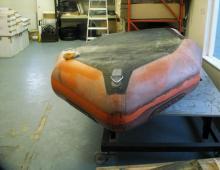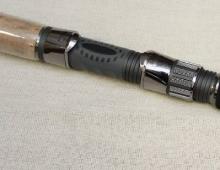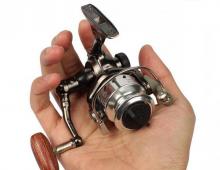Installation of feeder equipment for fishing with a feeder in different fishing conditions
Nowadays, it is quite difficult to find useful information on the Internet about what is installation of feeder equipment for fishing with a feeder in different fishing conditions. And also which feeder equipment is sensitive and vice versa. After all, equipment for fishing with a feeder on the course and in still water is different.
To find out what are, and under what circumstances they are used, read here.
Learn how to choose from this article.
Installation of feeder equipment
In this article, we will try to figure out how to choose a universal feeder rig to suit different fishing conditions. To solve this issue, we need to take the following snap-ins:
1. Picture 1 shows a rig with a sliding feeder / sinker
2. In Figure 2 - the classic "Paternoster"
3. In figure 3 - “symmetrical loop”
4. In figure 4 - “asymmetric loop”




The positive side of these feeder rigs is the smooth line that runs from hook to line. Those. the force transmitted to the top of the feeder is equal for all presented snap-ins. It can also be noted that the sinker does not interfere with fishing in any way. There is no difference in the use of these rigs in the current and in a calm pond.
The difference is that the developers wanted to avoid tangling gear when casting.
Consider Figure 5. It shows a rig with a feeder sliding along the line during the cast. Please note that the fishing line is on the feeder, which is why there is a possibility of tangling the leash with the feeder.

Next, consider Figure 6. Here is the Paternoster feeder. When using a paternoster feeder, it is necessary to make the double twisted fishing line longer. She loses stiffness and can also get tangled with the feeder.

Picture number 7 you see the feeder Symmetrical loop. feeder symmetrical loop allows you to take the leash a little to the side. However, this is not enough, because the line on the loop, to which the double line is attached, is pulled weaker than that attached to the feeder.

Figure 8 shows feeder asymmetrical loop. It is precisely the feeder that has an asymmetrical loop and allows you to take the leash away from the feeder, which will help to avoid tangling the tackle.




